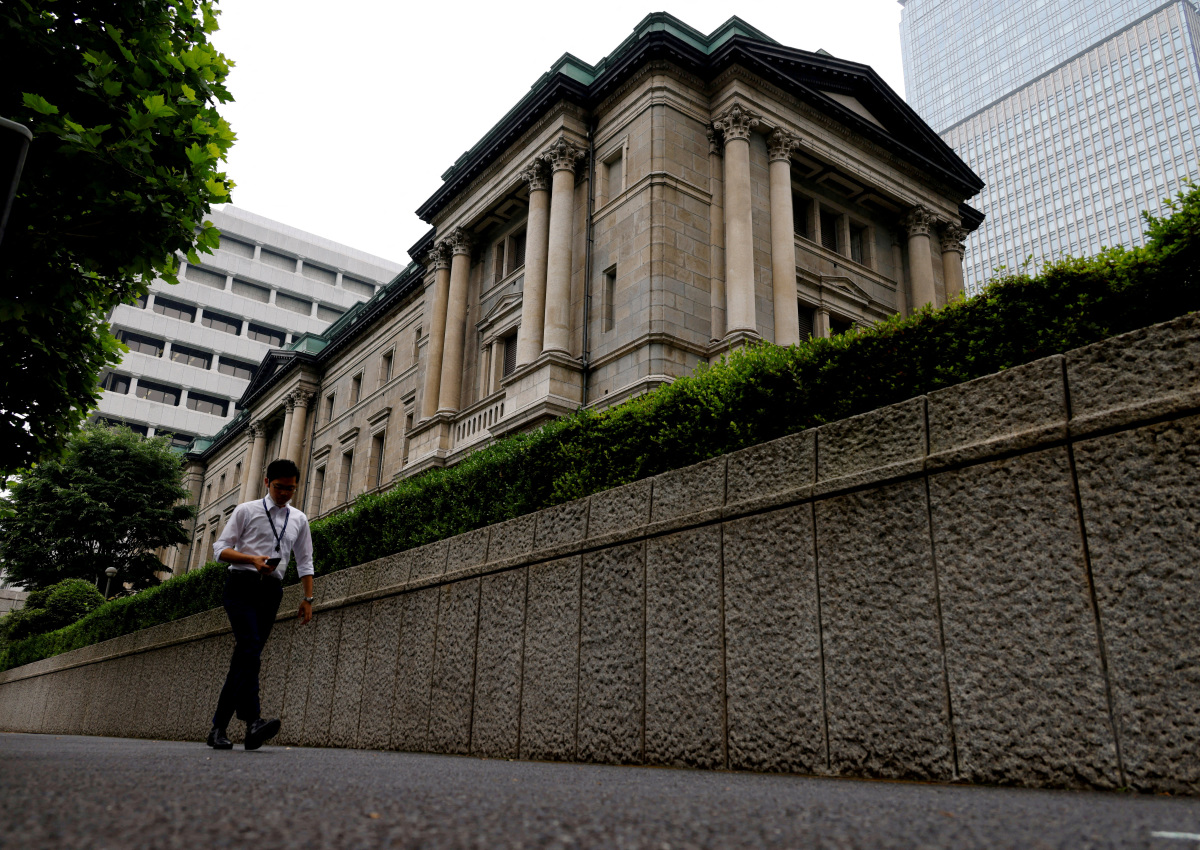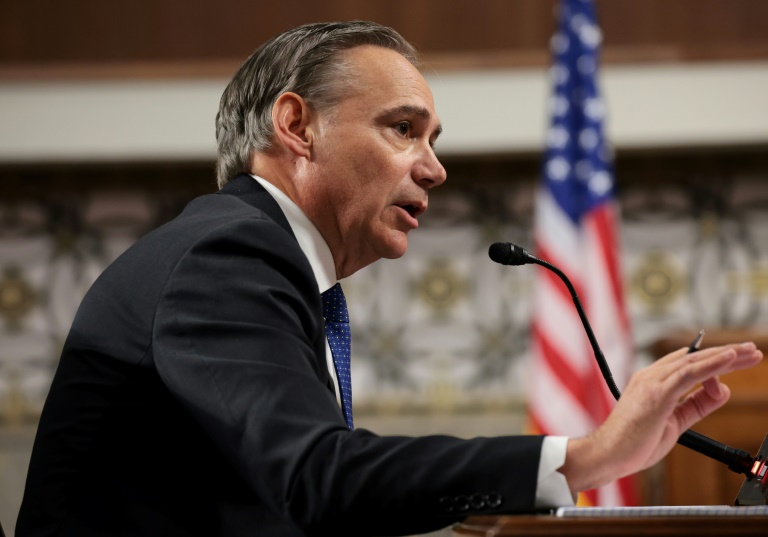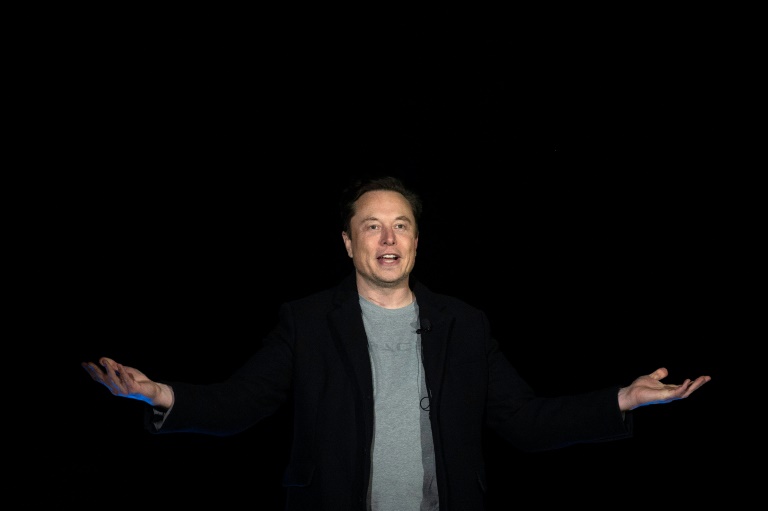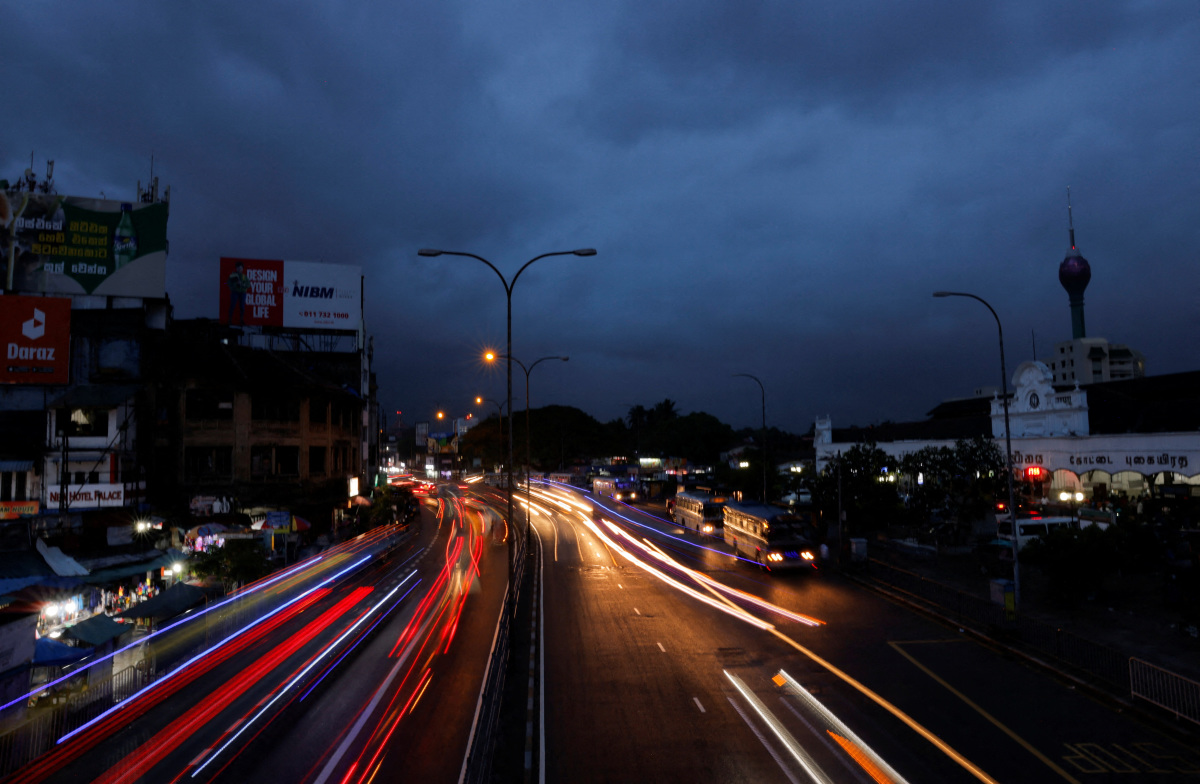Reuters
Japan raised its estimates for long-term interest rates over the coming few years in twice-yearly fiscal projections issued on Tuesday, following the central bank’s move last month to allow 10-year bond yields to move more widely.
The latest projections also showed Japan would miss its key budget-balancing target by the fiscal year ending March 2026, with a larger deficit than the one previously seen last July. The latest projections showed the budget target will be met in fiscal 2026.
Rises in interest rates will test the government’s ability to service the industrial world’s heaviest debt burden at more than double the size of Japan’s annual gross domestic product.
The government has been relying on rock-bottom borrowing costs for a decade under Bank of Japan (BOJ) Governor Haruhiko Kuroda’s aggressive monetary stimulus. Despite the intense burst of monetary stimulus and flexible fiscal spending, Japan’s economy has only grown on average around 1% in the past decade while Kuroda served at the helm of the central bank.
Now, bond investors recently attempted to break the BOJ’s 0.5% cap on the 10-year bond yield, as inflation runs at 41-year highs of 4%.
“We see underlying interest rates to be somewhat higher, which will cause outstanding government debt to deviate upward due to the BOJ’s move last month,” a Cabinet Office official said. “We expect underlying rate levels to stay.”
Long-term rates will rise from 0.3% seen this fiscal year to 0.4% in 2023-2025 before rising eventually to 3.1% in fiscal year 2032, at the end of the forecast period, the projections showed.
In comparison, the previous estimates issued in July showed long-term rates to stick to 0.1% in fiscal 2022-2025.
The debt-to-GDP ratio will peak at 217% in fiscal 2022, before stably declining over the forecast period based on rosy assumptions that the economy achieves annual 2% growth.
Assuming the baseline scenario of zero growth, the debt-to-GDP ratio is expected to turn upward in the latter half of the forecast period.
The estimates underscore the danger of relying too much on rosy economic assumptions.
The projections show that in case long-term interest rates rise by an additional 0.5 percentage-points, that would increase the government debt-to-GDP ratio by 3.3 percentage-points.
Prime Minister Fumio Kishida’s government aims to achieve a primary budget surplus – excluding new bond sales and debt-servicing costs – in the fiscal year to March 2026.
The government, which has missed budget-balancing targets for a decade, would miss it again with a larger deficit due in part to increased defence budget, leaving a shortfall of 1.5 trillion yen ($11.56 billion) in fiscal 2025, versus 500 billion yen seen previously. The primary budget is expected to swing into surplus in fiscal 2026.
($1 = 129.8000 yen)







